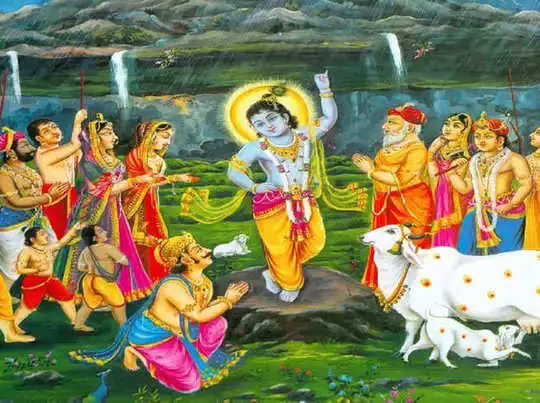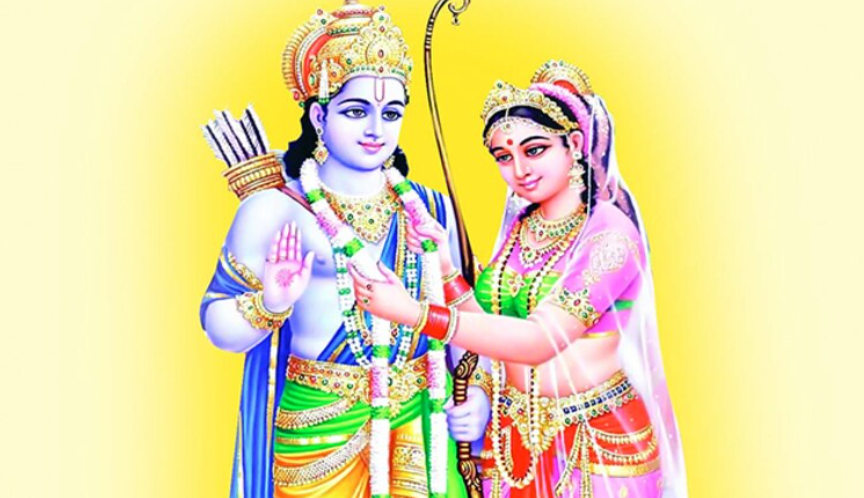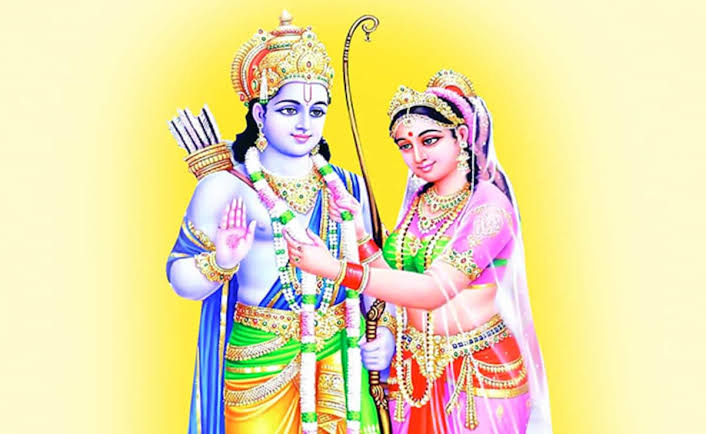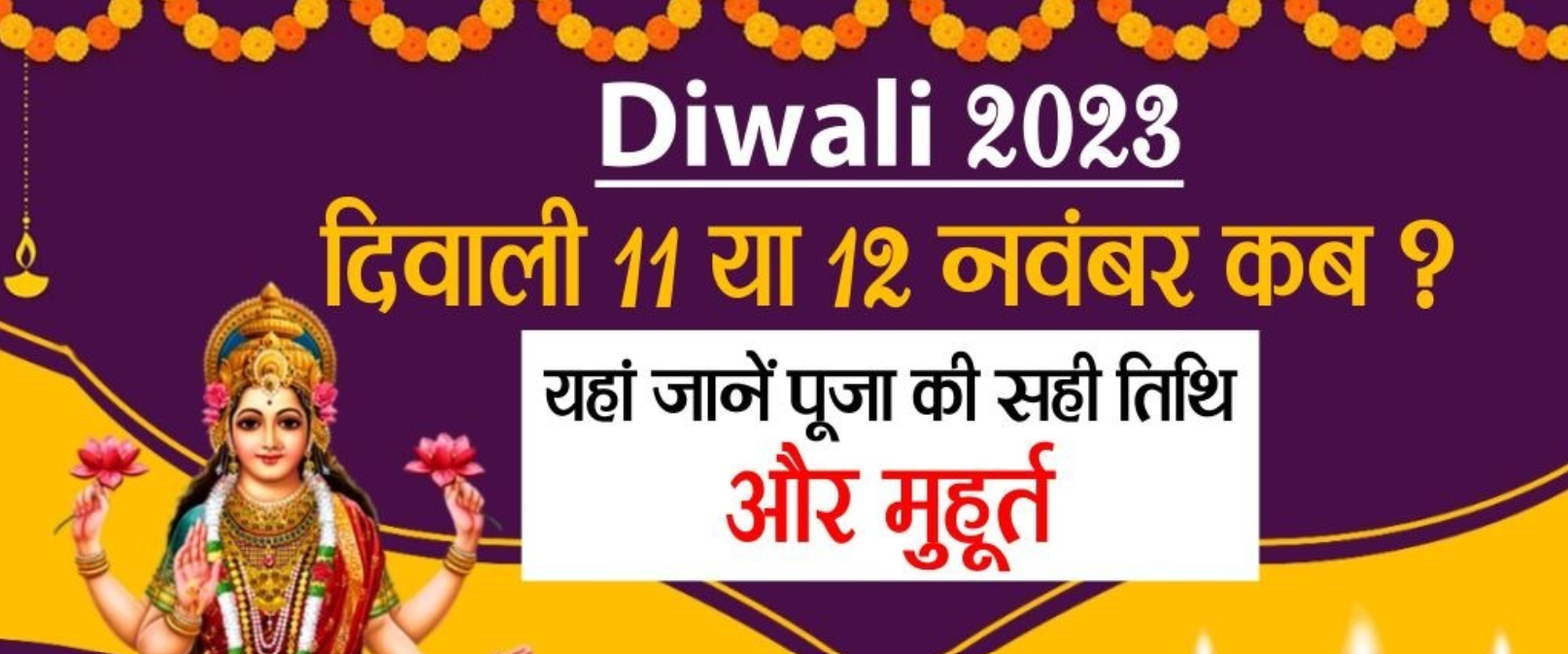Govardhan Puja is a Hindu festival celebrated on the second day of Diwali during the Shukla Paksha of the Kartik month. It is also known as Annakut. Govardhan Puja usually falls a day after Diwali, the fourth day of the grand 5-day Hindu festival. Occasionally, there is a one-day gap between Diwali and Govardhan Puja, referred to as ‘Ekam.’ On this day, cows are worshipped, as they are considered a form of Goddess Lakshmi. Cows are highly revered for providing health and nourishment through their milk.
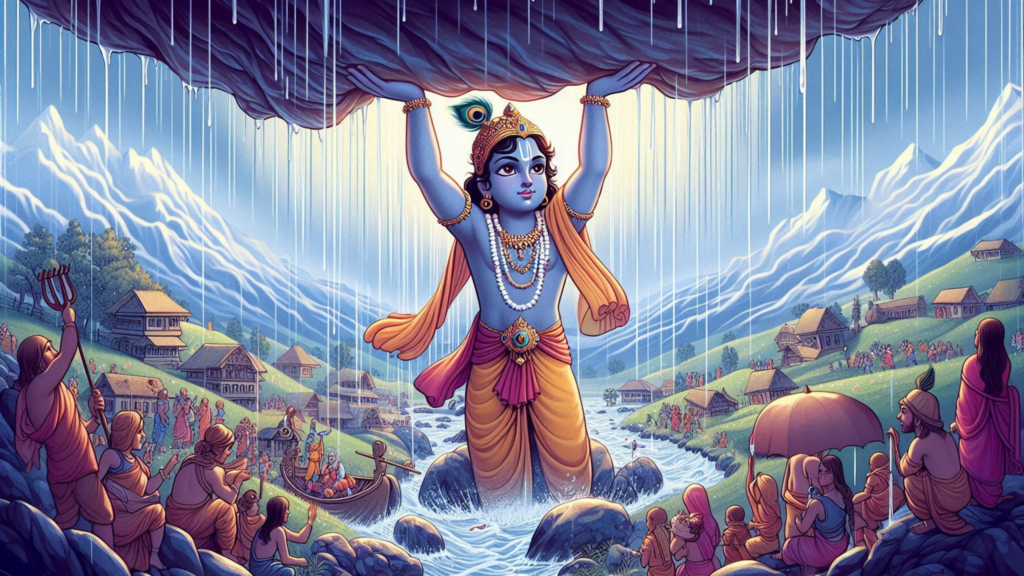 Govardhan Puja primarily honors Lord Krishna and Govardhan Mountain, symbolizing respect and faith in cows. This festival originated with the Brajvasis (residents of Braj) and has become an integral part of Hindu tradition.
Govardhan Puja primarily honors Lord Krishna and Govardhan Mountain, symbolizing respect and faith in cows. This festival originated with the Brajvasis (residents of Braj) and has become an integral part of Hindu tradition.
The Story Behind Govardhan Puja
The significance of Govardhan Puja is elaborated in the Vishnu Purana. It recounts Lord Krishna’s triumph over Lord Indra, the god of rain.
Once, the people of Gokul were preparing to worship Lord Indra, believing that he was responsible for rainfall, fodder for cows, and the growth of crops. However, Lord Krishna advised them to worship Govardhan Parvat, a hill that provided food for the cows and facilitated rainfall.
The people of Gokul followed Lord Krishna’s advice and began worshipping Govardhan Parvat instead. Enraged, Lord Indra unleashed heavy rains upon Gokul. Terrified, the people sought Krishna’s help. To protect them, Lord Krishna lifted Govardhan Parvat on his little finger, providing shelter from the torrential rain.
After seven days, Lord Indra realized his defeat, apologized to Lord Krishna, and worshipped him. Govardhan Puja commemorates this event, celebrating Krishna’s victory and expressing gratitude to Govardhan Parvat for its blessings.
Significance of Govardhan Puja
Govardhan Puja conveys essential lessons:
1. Gratitude towards nature for its abundance.
2. Faith in God’s protection during adversities.
3. Humility and avoidance of pride.
This festival reminds us that God is always with us, urging us never to lose faith.
Govardhan Puja and Bali Pratipada
Govardhan Puja and Bali Pratipada are significant Hindu festivals symbolizing the victory of good over evil. Govardhan Puja highlights humility and gratitude towards nature. Bali Pratipada emphasizes forgiveness and compassion.
In Maharashtra, Bali Pratipada (or Bali Padva) celebrates Lord Vishnu’s Vamana incarnation defeating King Bali. According to legend, Vamana tricked Bali into giving him three paces of land and used them to cover the universe, leaving Bali with no place to stand. Vamana then pushed Bali to the underworld (Patala Lok), granting him a boon to return to Earth once a year. This event is commemorated on Bali Pratipada.
Annakut Puja and Chappan Bhog
Govardhan Puja is also called Annakut Puja, meaning “festival of heaps of food.” Devotees prepare dishes made from cereals, vegetables, and lentils, offering them to Lord Krishna. In Gujarat, this festival coincides with the Gujarati New Year.
Annakut symbolizes the prosperity bestowed by Lord Krishna and serves as a reminder of sharing and caring for others.
Govardhan Parvat and Its Rituals
Govardhan Parvat, located in the Mathura district of Uttar Pradesh, holds immense spiritual significance. It is believed to be the site where Lord Krishna lifted the hill to protect Gokul.
On Govardhan Puja, millions of devotees perform Parikrama (circumambulation) of the hill. This act is considered highly auspicious, and devotees believe it brings Lord Krishna’s blessings.
Takeaways from Govardhan Puja and Annakut
- Both Govardhan Puja and Annakut celebrate the triumph of good over evil and emphasize:
- Gratitude to nature.
- The value of sharing and caring for others.
- Faith in God’s eternal presence and support.
Date of Govardhan Puja in 2023
In 2023, Govardhan Puja was celebrated on 14th November.

